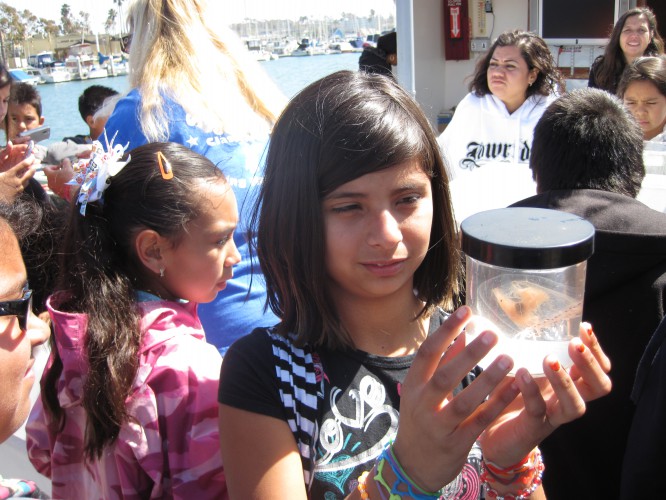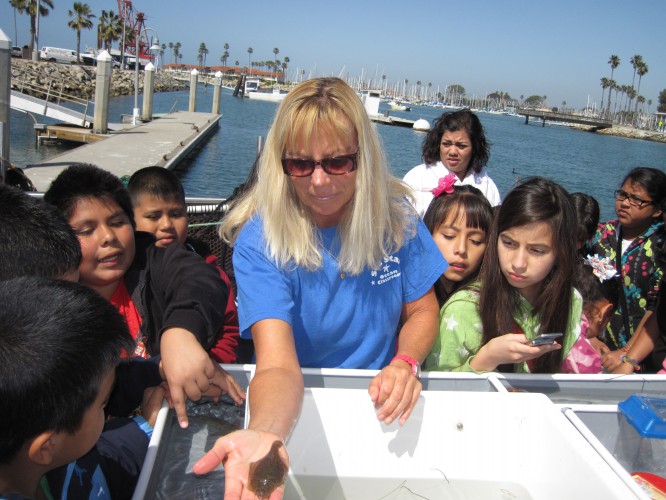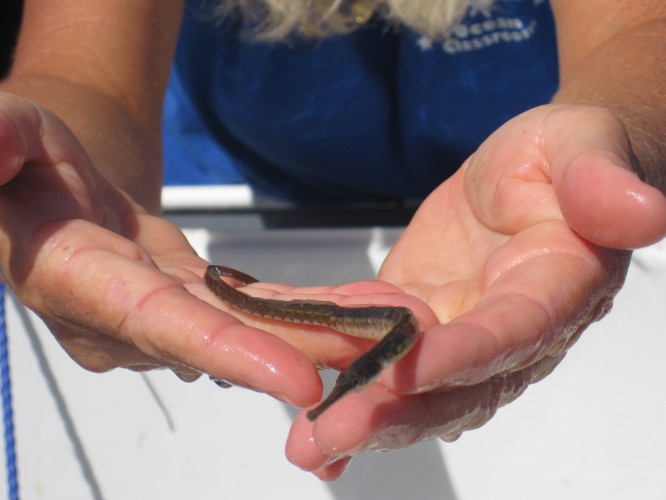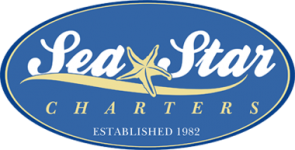The Sea Star Ocean Classroom Program is a unique floating laboratory for young marine scientist.
Science students, youth and family groups are invited to join us aboard the Sea Star for a fun filled voyage as we discover the ecological treasures of the sea. Our “student explorers” will investigate the biological and physical properties of our local ocean waters thru an exceptional “hands on” learning experience everyone can enjoy.
Ocean Classroom Activities
Safety orientation – Students will be instructed on the location and proper use of lifesaving equipment on board the Sea Star. Other safety precautions will also be discussed.
Life connection with the ocean dialogue between the students and the naturalist instructor. During this dialogue students will learn how their daily lives and very existence on this earth are directly connected to the resources provided by the ocean i.e. food, water and oxygen. Students will also understand the value of being good stewards in order to conserve this most vital natural resource.
Large educational charts will also be used during this dialogue to help visualize important key points.
Dockside visit to the Oceanside Sea Center’s 750 gallon saltwater aquarium
Displaying local inshore species of fin fish and invertebrates. Our naturalist will identify each species by name and discuss their unique features and adaptations.

Return to Sea Star and depart. While motoring through the Oceanside Harbor a stop will be made for a close-up view of the California Sea Lions on there specially created floating island. Normally abundant and diverse species of marine birds can be observed during the same period.
Into the ocean wilderness we go for a brief marine life cruise with the possibility of encountering dolphin pods, whales, giant sunfish, jellyfish, water fowl, etc.
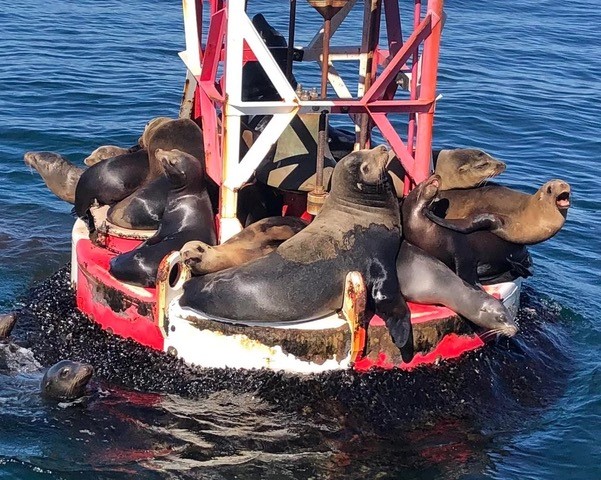

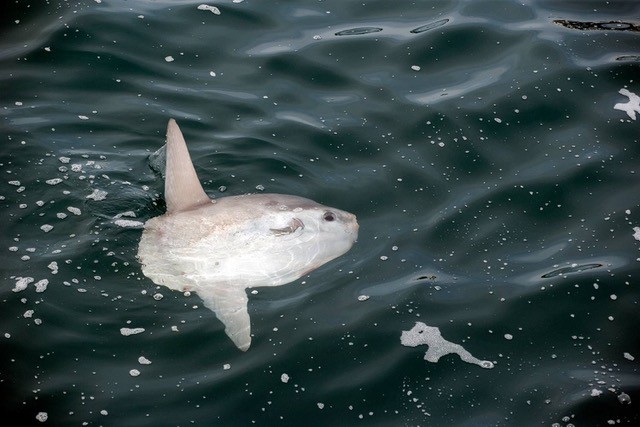
Returning back into shallower water the outer trawl sampling net will be deployed. The net will be secured to the boat and towed slowly along the seafloor for about 10 to 12 minutes. All students will then join together as a team pulling in the 300 foot tow line and net to the boat. Our catch will then be kept alive in our large circulating sea water tanks. The naturalist will identify and discuss with students each different species of fin fish, invertebrates and plants that may have been caught. The students will then be able to carefully hold in their hands all species (safe to do so) for a close-up encounter. After our examination is completed our catch will be released alive and well and gently returned to the natural world.
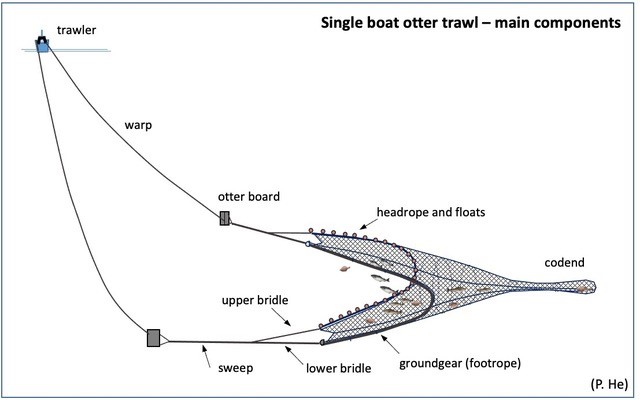
Finally our exciting day of ocean exploration will conclude with a naturalist lead summary of the key learning take a ways of the day’s activities. Each student will then be provided with an individual 17 page “Discover California Coastal Ecosystems” booklet to take home for future study and enlightenment.
